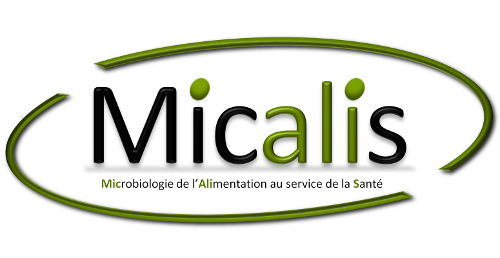Optimizing Cell-Free Biosensors to Monitor Enzymatic Production, ACS Synthetic Biology
Synthetic biology is the field of engineering biology inspired by engineering in computation, standardization, and construction to develop new devices composed of biological parts. Cell-free systems are emerging as abiotic platforms for high-throughput characterization and prototyping of natural and synthetic biological circuitries. The most common cell-free systems nowadays are transcription-translation (TXTL) cell-free systems which are made by combining cell lysate/extract plus reaction buffers. Although cell-free systems have multiple advantages over living cells, there are still obstacles to applying cell-free systems such as weak repression behavior.
Composition and functioning of biosensors in transcription-translation cell-free systems. (a) A Cell-free biosensor is composed of the cell-free reaction mix (cell lysate and reaction buffers) plus the DNA. (b) The addition of the chemical (inducer) produces GFP in this case by derepressing the promoter.
In a recent study, published in ACS synthetic biology, we explored different optimization ways to improve the weak repression in the cell-free system. We designed a simple biosensor responding to D-psicose through
Pandi A, Grigoras I, Borkowski O*, Faulon JL*. Optimizing Cell-Free Biosensors to Monitor Enzymatic Production. ACS Synth Biol. 2019 Aug 16;8(8):1952-1957. doi: 10.1021/acssynbio.9b00160 | PMID: 31335131



